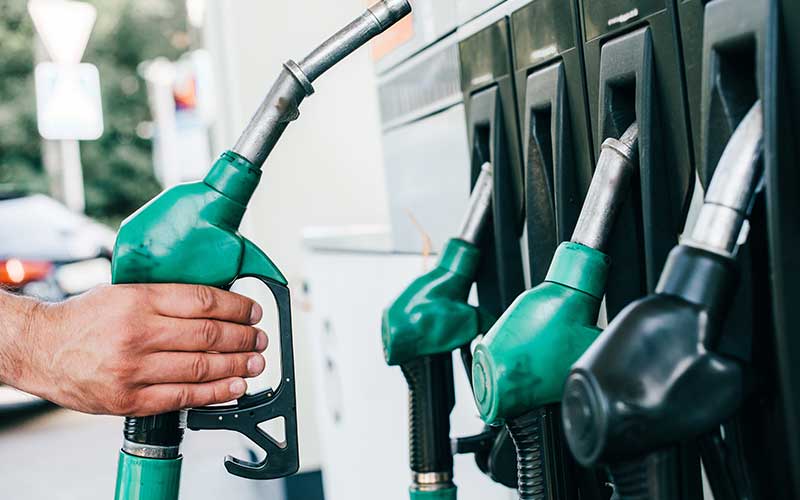Fuel is one of the biggest operating costs for any fleet, accounting for as much as 60% of a fleet’s total expenditure. With fuel prices having risen dramatically over the last few years, it’s more important than ever to maximise fuel economy and take steps to stop the cost of running your fleet from spiralling out of control.
The good news? There are lots of simple things you can do to reduce fleet fuel costs and decrease your company’s overall expenditure at the pumps. Even small gains can soon add up to a big overall reduction in costs – and the more vehicles you have, the greater the savings can be.
1. Route planning and monitoring
It goes without saying that unnecessarily travelling miles out of the way to reach a destination is going to result in a lot of wasted fuel. As such, it’s important to make sure your vehicles are always using the shortest and most efficient route available, both in terms of miles travelled and the time taken to get there.
By mapping the most efficient routes in advance, fleet managers can make significant cost and time savings. For journeys involving multiple stopping points, effective route mapping is even more beneficial as it means stops can be made in the most efficient order – for example, by making sure the driver is not travelling past one stop and then backtracking to make another drop.
This is where GPS tracking using an app like CheckAVehicle really comes into its own. With access to current and historical route data, fleet managers can more easily plan out the most efficient routes in advance – and even tweak routes to take into account current traffic conditions.
2. Monitor driving habits
Driving style can have a huge impact on fuel economy, with wasteful habits like rapid acceleration, speeding and hard breaking greatly increasing the amount of fuel being used. As an example, research shows that vehicles travelling at 60mph are, on average, around 3% less efficient than they are at 55mph. Increase the speed further to 70mph and they can be up to 17% less efficient!
As well as saving money at the pumps, learning how to drive more efficiently can also help the environment and reduce greenhouse gas emissions. Small changes like reducing cruising speed, avoiding sudden breaking and using cruise control can all make a difference.
As such, this is another area where GPS tracking can really save you a lot of money, allowing you to track behaviour and then educate drivers on how to adopt a less wasteful driving style.
3. Check tyre pressures
Underinflated tyres can have a significant impact on fuel economy, increasing rolling resistance with the road and causing a vehicle to use up to 10% more fuel. As tyres typically lose air naturally at a rate of around 1 to 3 PSI each month, regularly checking vehicle tyre pressures and topping up where necessary is an absolute must.
For any fleet, checking tyre pressures should be part of a regular vehicle inspection routine and should be one of the items included on a vehicle inspection checklist – whether that’s recorded on a paper sheet or through an electronic system like CheckAVehicle. As well as improving fuel economy and saving fuel costs, correctly inflated tyres are vital for safety on the road, helping ensure the best possible grip, handling and braking distance.
4. Use Fuel Cards
Fuel cards are much more than just a quick and convenient way to pay for fuel – they can significantly cut your fleet costs and help save your company money in a number of different ways.
First and foremost, fuel cards enable you to take greater control of spending, making it easier to see where employees are filling up and track how much it is costing. With a fuel card, you can also restrict or place limits on purchases, ensuring you are only spending what you need and even directing drivers to lower cost fueling stations in their locality.
Another advantage of fuel cards is that they can also unlock savings at the pumps. Many cards offer a discount on the regular advertised price, which depending on the discount applied could save a significant amount of money each time it is used.
5. Track fuel expenditure
Fleet managers looking to reduce fuel costs need to keep a close eye on fuel spending across the business. This means having a robust system for capturing data on fuel spend and then analysing this information on a regular basis to identify issues and areas where savings could be made.This is where an app like
CheckAVehicle can really help, making it easy to record fuel data and instantly access useful fuel reports through our paperless, cloud-based system. Start your 30 day trial today – no payment, no commitment.
